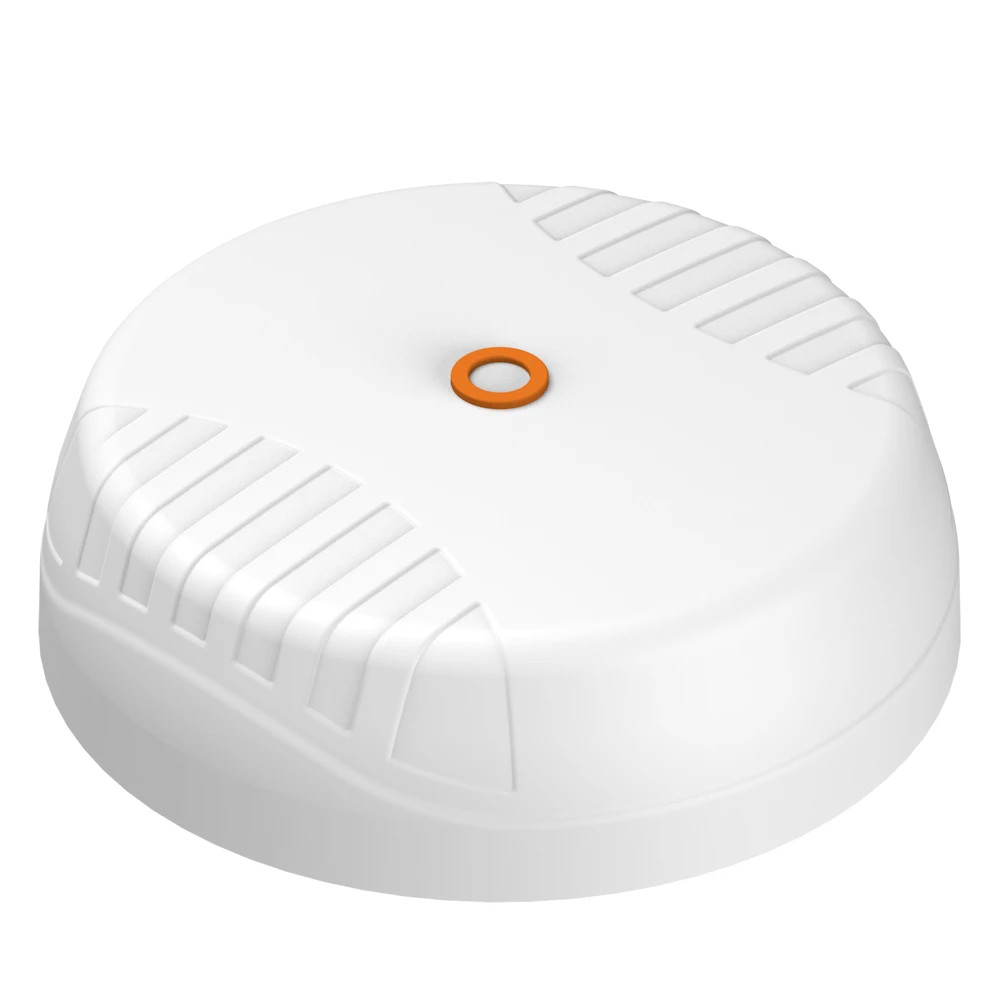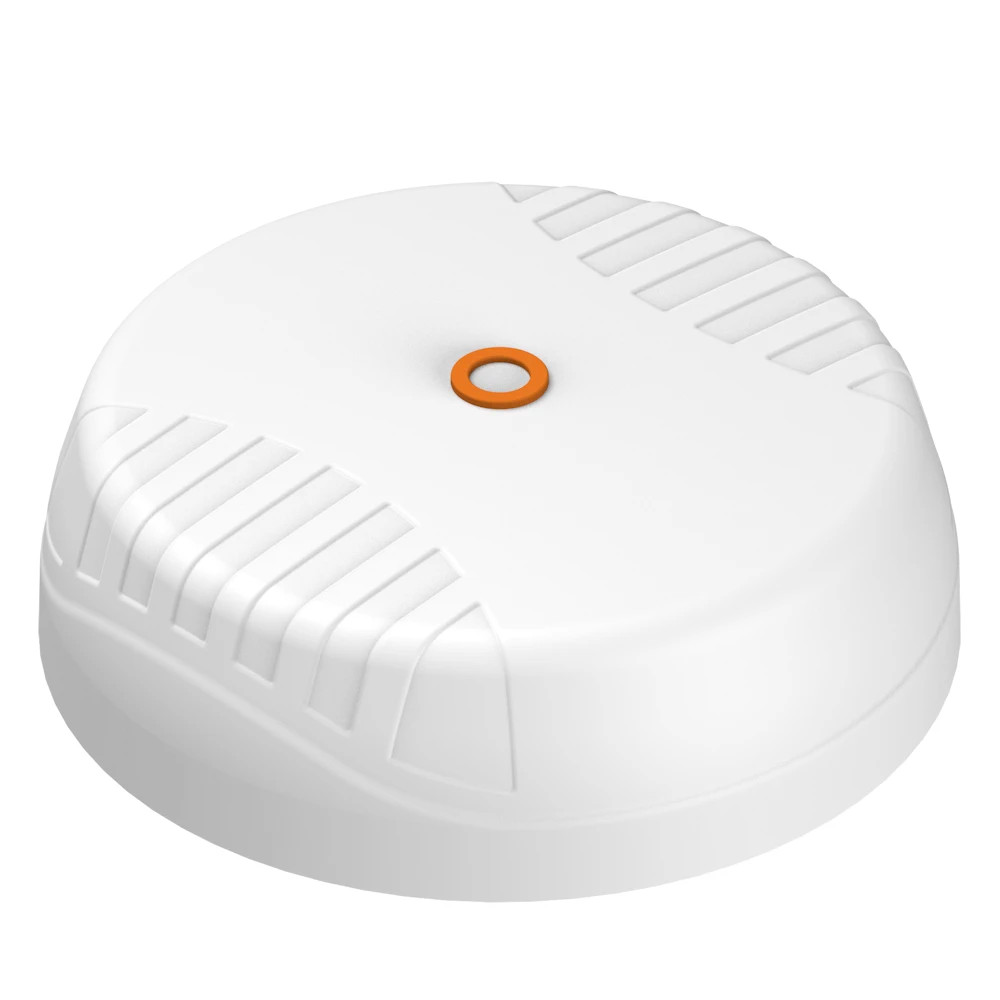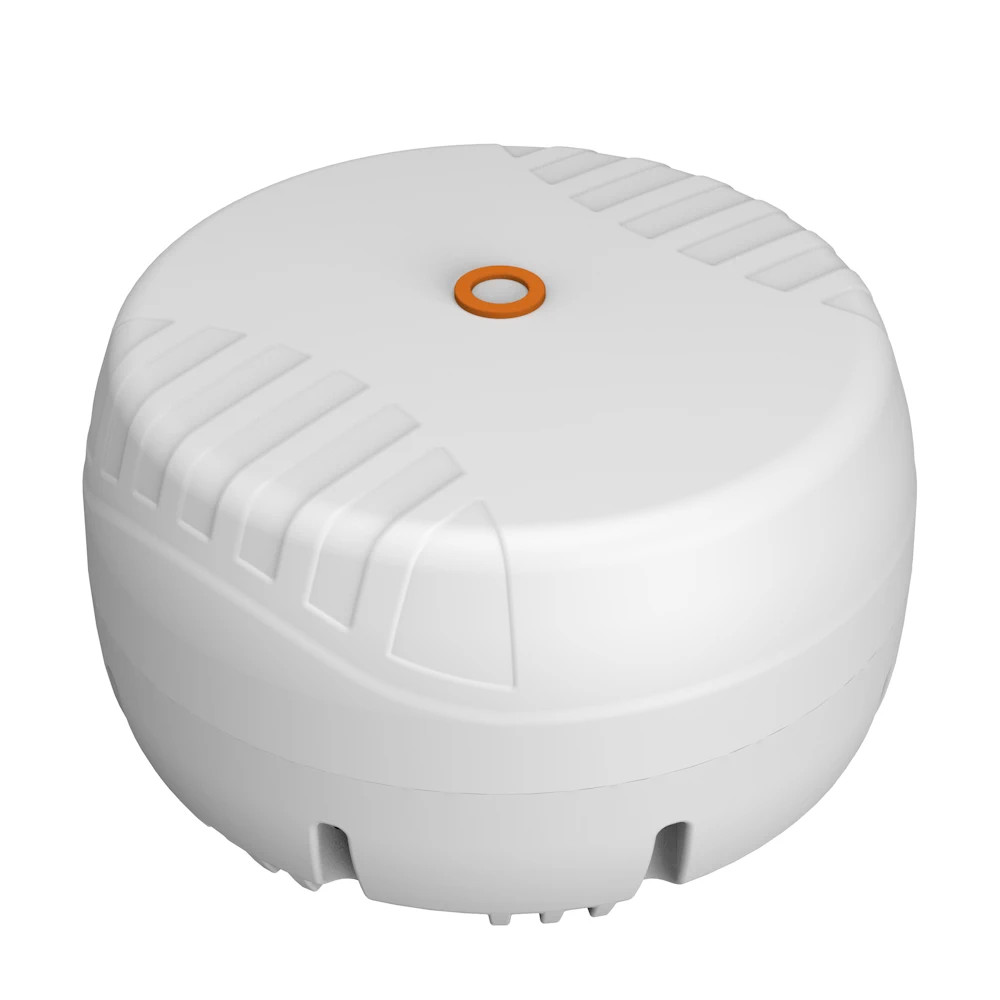Answer
Apr 02, 2025 - 08:35 AM
Signal range is mostly a function of the cellular router, not the antenna. Range will largely depend on the transmit power of the router and the frequency being transmitted. (Lower frequencies travel farther than higher frequencies at the same transmit power.)
A passive antenna, like the Poynting SWIRL-4, doesn’t increase the strength of the transmitted signal; it increases the efficiency of the signal, making it more directional and less scattered. (See our Knowledge Base article to learn more about antenna gain.)
The Poynting SWIRL-4 provides a high-gain cellular and WiFi antenna combined into a single roof-mounted unit. This gives the antenna a good location to transmit and receive to and from cell towers, as well as provide blanketed WiFi coverage for the vehicle or vessel.
In summary, antenna gain is more about the shape of the signal, while the router’s transmit power affects the distance of the signal.
A passive antenna, like the Poynting SWIRL-4, doesn’t increase the strength of the transmitted signal; it increases the efficiency of the signal, making it more directional and less scattered. (See our Knowledge Base article to learn more about antenna gain.)
The Poynting SWIRL-4 provides a high-gain cellular and WiFi antenna combined into a single roof-mounted unit. This gives the antenna a good location to transmit and receive to and from cell towers, as well as provide blanketed WiFi coverage for the vehicle or vessel.
In summary, antenna gain is more about the shape of the signal, while the router’s transmit power affects the distance of the signal.





